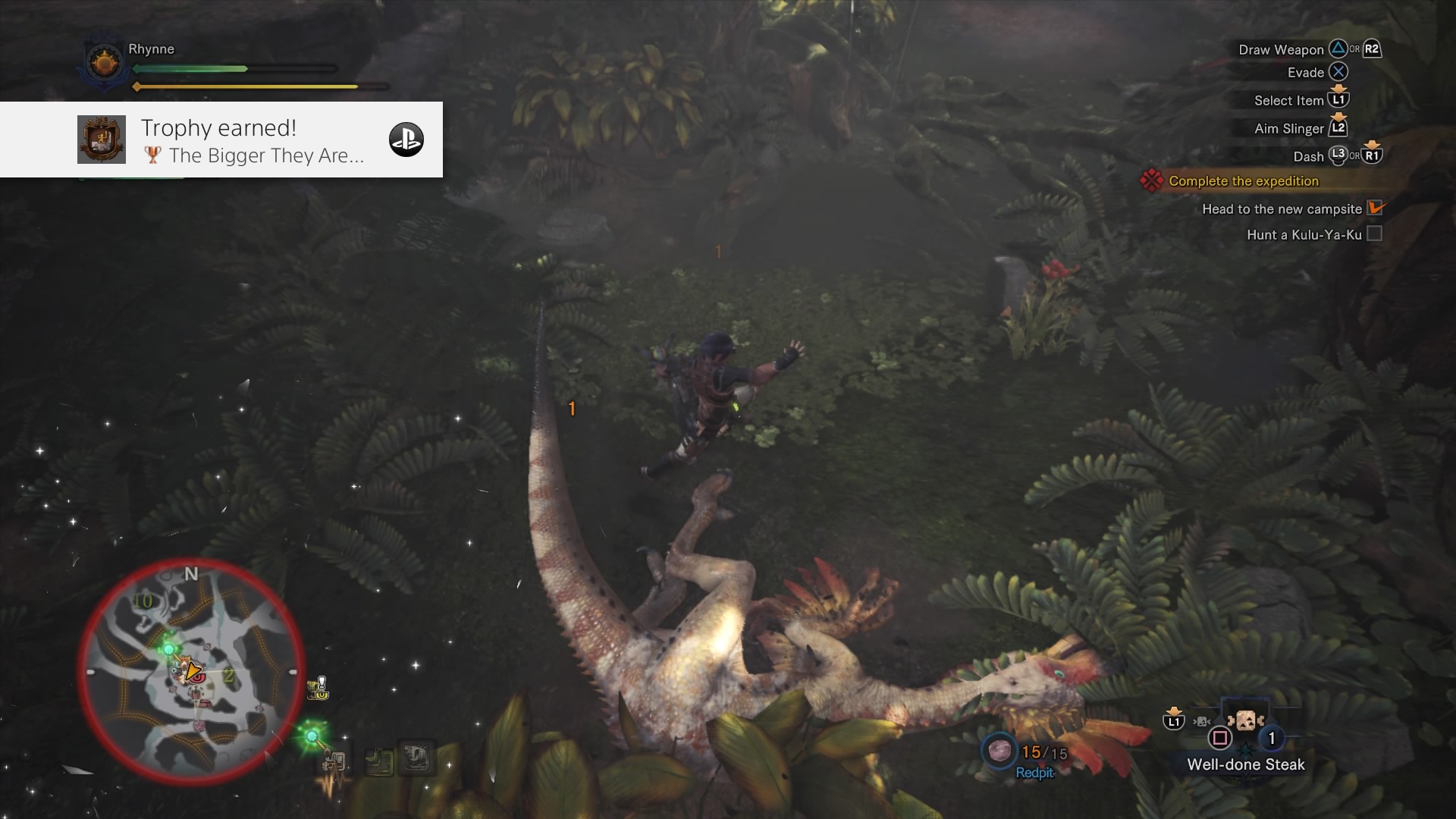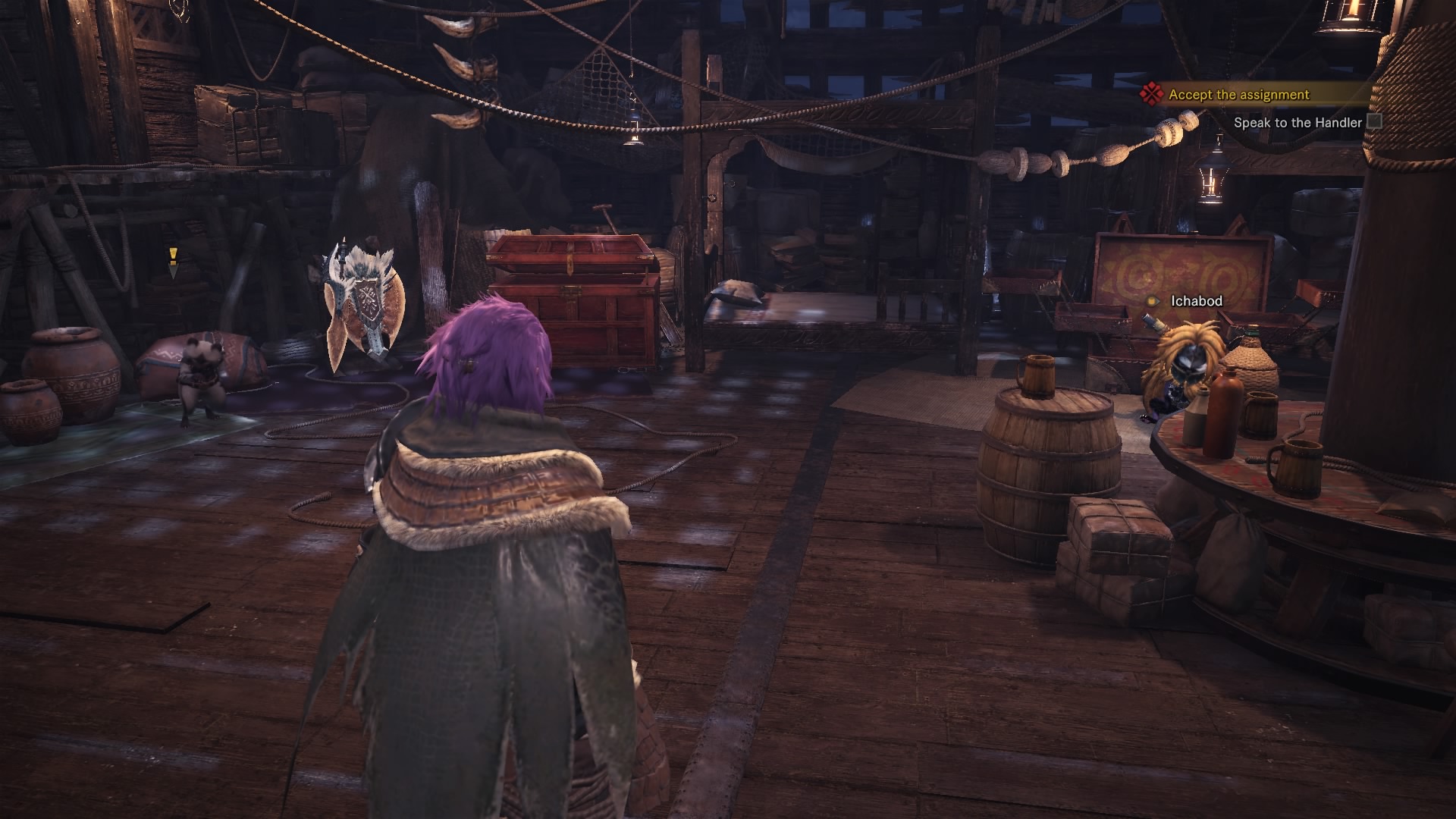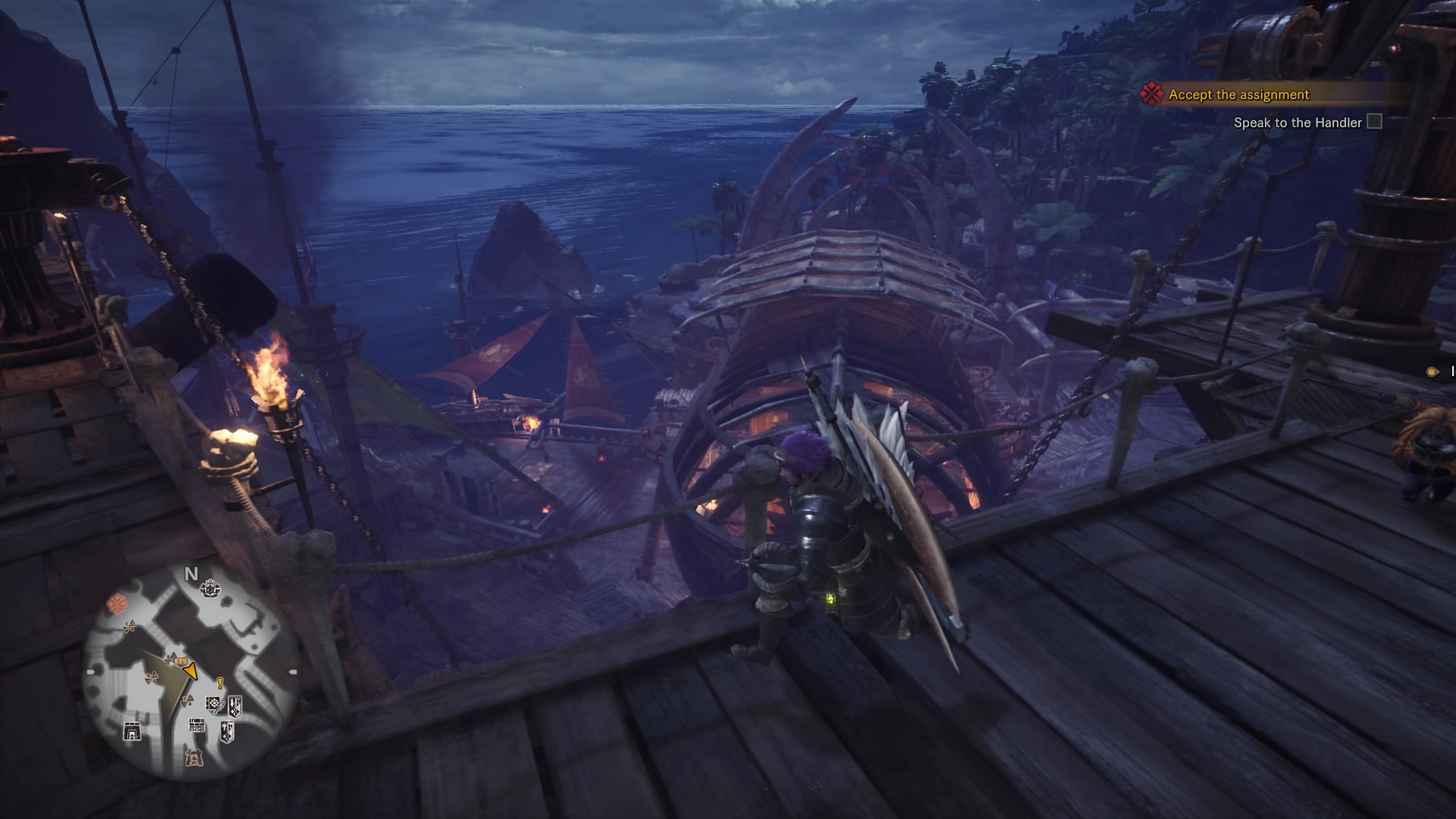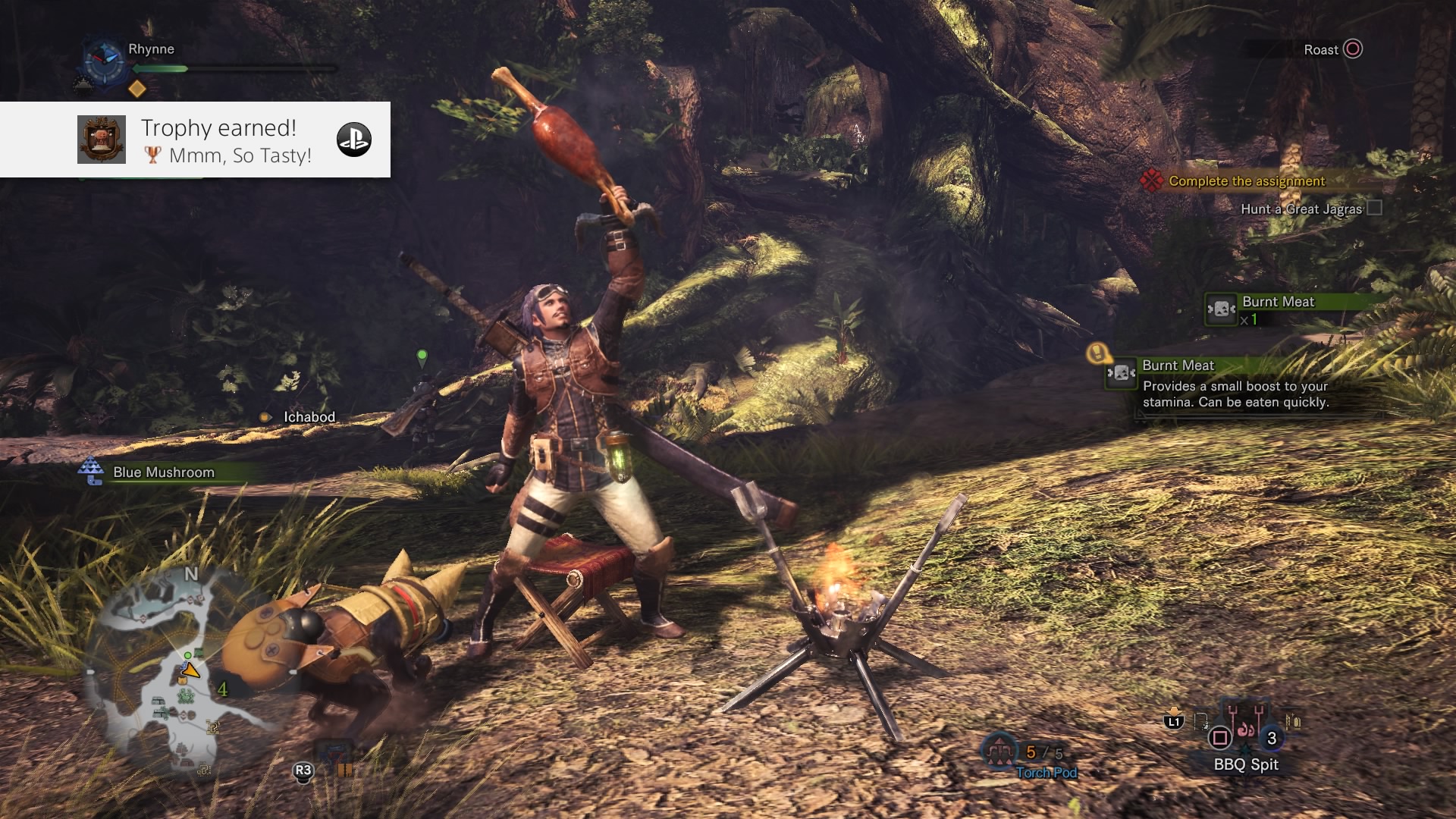Making its ‘re-debut’ on consoles, Monster Hunter: World has definitely seen a strong impact on release. The hot topics of conversation drifts from the game’s truly stunning visuals to its impressive interactions with the creatures that inhabit it, which is completely understandable. In an age where games are exploring some of the most unique features that a large-scale open game can offer, it’s all the more impressive when a game sets itself apart from the competition.
Obviously, Monster Hunter is not a new franchise. They’ve been delivering more of the same formula since the PS2, and the cult following has remained strong enough over the years to count the franchise as a success. That being said, Monster Hunter has always struggled with western audiences. I would attribute this mainly to complexities with the UI and the combat system, but Dark Souls has been wildly popular in spite of those elements. One huge difference is that From Software has kept ‘streamlining’ as a top priority over the years, while Capcom continues to toss their fans in the deep end with each new Monster Hunter installment.

As someone who has always admired the style of the Monster Hunter series, I’ve tried several times to immerse myself in each new release. I put the most time into Monster Hunter: 4 Ultimate, but I was never able to find the connection I needed to really explore the games nooks and crannies. Friends that I played with were constantly passing me up, so I was always in a rush to get better weapons and armor. I can say from experience that this is the absolute worst way to play one of these games. Monster Hunter is meant to be played with patience and attention to detail. If you start to peel back the layers of its many mechanics, that will be evident.
I was hesitant to play Monster Hunter: World for these exact reasons. I’m not the most patient gamer, and I often fall behind in games that primarily focus on loot gathering or gear crafting in a multiplayer heavy environment. I was simultaneously having flashbacks of the cumbersome menus and clunky combat mechanics that drove me absolutely insane when I was playing on my 3DS. I thought back to the inconvenient features that just added to the nonsense: loading between zones, changing your equipment, party gathering and mission selecting.
Capcom Pulled Out the Big Guns
From the early online coverage Its clear that Capcom has gone above and beyond for Monster Hunter: World. Rather than make a bigger scale entry for consoles, they’ve re-envisioned the entire structure of the game. After just five hours of playtime I saw so many of my concerns addressed. For the first time since I played Monster Hunter on Playstation 2, I can feel a real pull to keep on trucking through. I want to see the environments, the monsters, the crafting components, and the best part about the entire experience is that I feel comfortable doing it. Capcom has implemented so many major improvements to their niche franchise, but the biggest improvements actually come from the vast amount of smaller changes.

Quality of life can seem like a trivial standard to punish a game by, but just think for a second how critically important the seemingly insignificant features of a game are to players. Interactions need to be smooth and optimal to avoid agitating someone into a state where they would rather move on than work around the difficulty or nuisance. An example I’ve always gone back to in this case is the Witcher series. I found it nearly impossible to play through the Witcher 2 because of its over-complicated and unreliable combat system. For years I would re-download the game to try again, but after a few hours I would always give up. When the Witcher 3 was released the improvements to these annoyances was beyond compare, allowing me to immerse myself like I always wanted. Monster Hunter: World has done the exact same thing here.
Monster Hunter: World Improvements
One of the first improvements I noticed was the questing system. Generally speaking, embarking on hunts and missions in previous titles was…not great. First you had to go leave the main town and enter this private hub where you could gather your party, eat, and look through several different menus of hunts with different ratings and colors, that were all distributed by different people. It was an absolute mess. Often the hunts would only last 10-20 minutes and you’d be back in the room doing it all over again. In Monster Hunter: World you simply get your hunts from a message board in town and sign up for them right on the spot. You can then walk about town crafting, eating, or changing your equipment until your party, or yourself is ready to embark.

That leads to the next big step forward: you can now change your equipment without abandoning your party. Previously, you were not able to return to your room without first exiting the aforementioned hub, which just made everything feel arduous. Now, If you’ve decided at the last second that you’d like to switch from a sword to a bow, just walk right into your room and do it! In fact, they took it even one step further by allowing you to change your equipment IN THE FIELD! If you’re finding yourself outmatched by a beastie, there’s now the possibility of changing your weapon type to combat the adversity. It’s more surprising that it has taken this long for such a simple feature to be available.
Once you’ve actually made it out into the field for some killing and exploring you’ll likely be overjoyed to find that they’ve done away with loading in between zones. The areas are still segmented into numbered sections, but this actually feels like a tracking tool now, rather than a way to shrink the scale of the environments. These sections feel more connected and in turn make the level feel holistic. This coupled with the fact that the world map is finally a useful item makes for very engaging gameplay.
Lastly, I’d like to point out how much more enjoyable it is to journey outside of the main town. Quests in the older games had their fair share of fantastic moments. Bringing down monsters with your friends is easy to enjoy no matter the console you’re playing on, but when you’re doing those same activities in a dynamic environment the experience becomes much more memorable. The quality of hunts and expeditions in Monster Hunter: World has achieved an all new standard that actually raises the bar. You’ll be excited to see the next challenge, because you can see all the benefits clearly laid out in front of you. The process has a certain organic progression to it, instead of feeling like a series of chores.

If I had to pick one emotion I’m feeling from my first impressions of Monster Hunter: World, it would be relief. I have been waiting a long time to feel truly engaged with a Monster Hunter game, and I can safely say that it has finally happened. Monster Hunter: World is not without its faults. The main perpetrator lies with its shoddy online systems, and bugs that impact the ease with which you are able to connect to other , but the fundamentals are all in the right places. The areas that concern me are likely to be improved in the coming months, and for the time being the game is still giving me what I need to have a great time.
